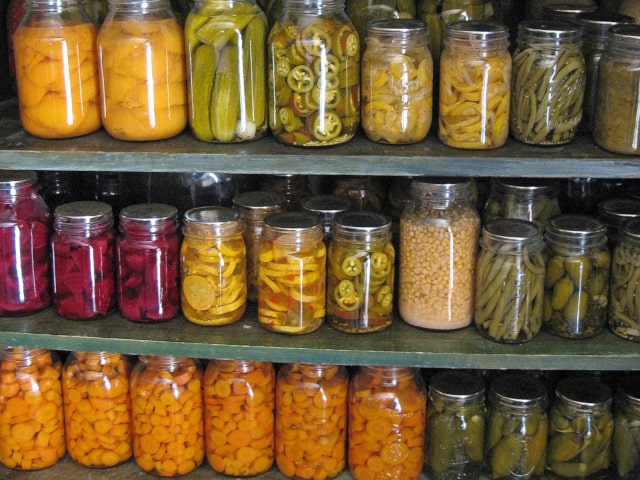
Many people who have a vegetable garden know how to grow healthy veggies and how to take care of their garden. However, once the harvesting time comes there is often a confusion on what to do with all the harvested vegetables and fruits.
If you were careful with your garden chances are that you were able to grow many strong and healthy vegetables and fruits. When the harvesting time comes, you will need to know what to do with all of them. You can eat some right away, but what about the rest?
This is where the issue of preservation presents itself. It's not just important to know how to harvest your vegetables ‐ you also need to know how to preserve them. Tomatoes, corn, peppers, peaches ‐ all of them require a different care. Keep in mind: preserving is more than just canning; it's important to know all the ways to store and keep your fruits and vegetables for later.
Here are some handy tips on how to preserve specific fruits and vegetables:
Preserving Fruits
Fruits are gentle so you need to be careful with them. It's also important to preserve them in such a way that will not ruin their sweetness and great taste. Here are some guidelines on how to preserve common fruits:
- Peaches. Peaches are great in jams, and you can make a great jam out of frozen peaches. This freezer jam can do wonders to preserve the flavor. Another thing you can do is to make a tasty peach pie. You may use frozen pieces for that purpose.
- Berries. Berries can be preserved in many different ways. The most common one is to freeze them, but there are some other things you may try. Making a syrup will preserve their flavor so this is another way to go. The syrup can then be used in cocktails, salad dressings or cocktails.
- Cherries. Cherries are among the most popular fruits and there are numerous ways to preserve them. Frozen cherries are very common, but you may also make dry cherries, pickled cherries, boozy cherries, Maraschino cherries, and more.
- Figs. Figs can easily be preserved in brandy and later used for making ice creams more delicious. Another way to go is to dry them in the oven (or a dehydrator) and preserve them that way. Dry figs can be used to make a tasty fig salami.
Preserving Vegetables
There are many popular vegetable choices and not all of them are preserved in the same way. However, there are several common things you can do that will work for most vegetables you have harvested from your garden. Here are some quick tips for preserving the most common vegetables:
- Tomatoes. Tomatoes can easily be frozen. For example, you may freeze whole tomatoes, or, if you prefer it that way, chop them up and freeze the slices. This will allow you to use tomatoes all year round. It's best to use these frozen tomatoes to make sauces and stews. Another thing you can do is to make a homemade tomato paste.
- Peppers. When it comes to peppers, you need to be careful, because they don't freeze well. Instead of freezing, try to make them into a sauce. Sweet peppers make a great red pepper paste sauce while spicy peppers can be used to make a hot sauce.
- Cucumbers. One great thing about cucumbers is that they can be prepared in many different ways, which means that they can also be preserved in many different ways. For example, you may prepare refrigerator pickles so you can eat them through the whole winter. By the way, you may preserve green beans, summer squash and okra in the same way.
- Watermelon. Believe it or not, watermelon is best stored when it's dried. Dried watermelons make great candies, so it's something you can try. This is a handy and a very tasty way to preserve watermelons for a long time.
- Corn. Corn can be frozen easily, which will save you a lot of time. In order to preserve corn, it's important to choose the best plants. Ideally, you should select tender corn in the milk stage. Huck and blanch on the cob for about 5 minutes. When the corn is cool enough to handle, simply cut the kernels off the cob. After this, you may proceed with the freezing. Use an airtight bag or a container with 1/2 inch headspace (this is the space between the top of the food and the lid). This is important because you need to allow for expansion. By following these simple steps you will be able to freeze corn quickly and with a great success.
- Eggplant. To preserve eggplant in the most effective way, you can simply freeze slices and use them in eggplant Parmesan and other dishes you can make of this vegetable. You can slice the eggplant in 1/3 inches thick slices and blanch them for 4 minutes using 1 gallon of water and 1/2 cup of lemon juice. After it's done, cool, drain and freeze the slices in the airtight bag or a container with 1/2 inch headspace.
Photo credit: Brian Luster
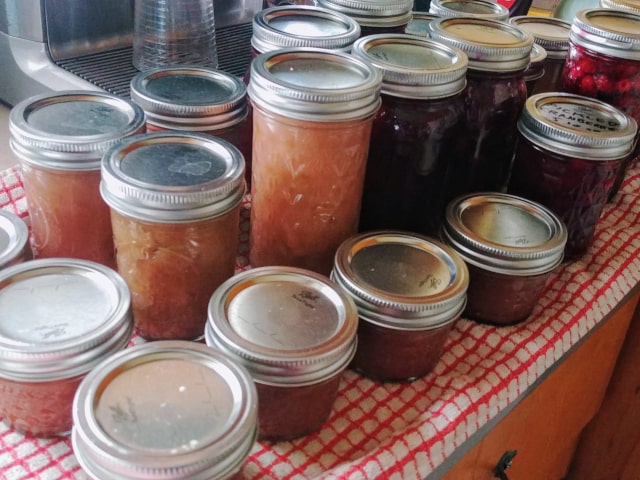
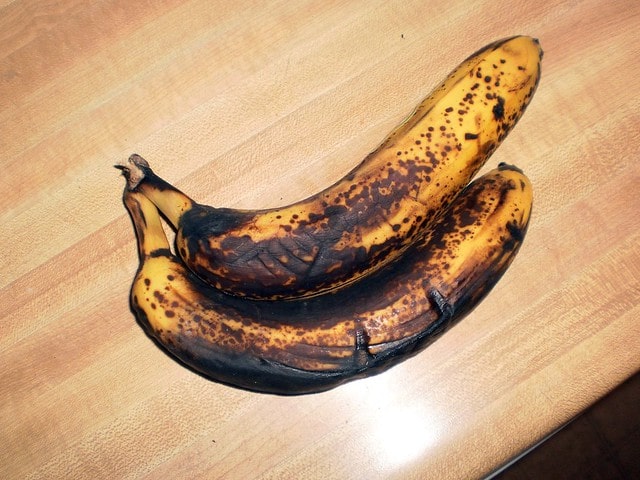
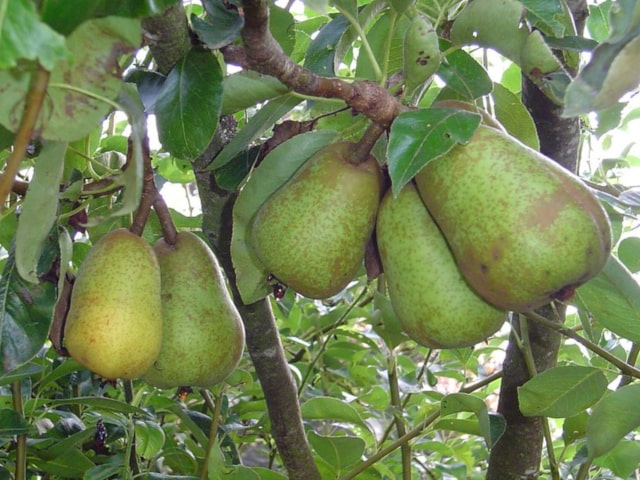
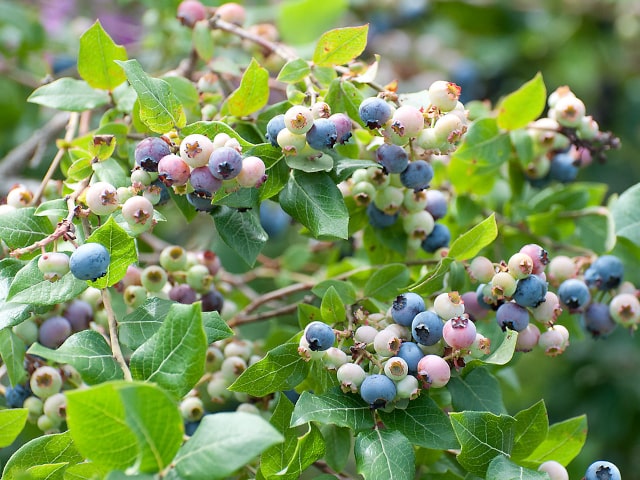
0 Comments